DOG TRAINING OFFERED IN-PERSON AND ONLINEOur dog training services are delivered in almost any format that meets your needs. We have GROUP CLASSES at our indoor and outdoor facilities on our farm, ONLINE LIVE STREAMING classes, and SELF-PACED VIDEO-BASED training through our Online Dog Training Course. Our PRIVATE TRAININGS can be done in-home, outside, in public dog-friendly locations, at our facility on our farm, online via phone or video conferencing and through email. |
I hope that you never find yourself in a situation where you need to break up a dog fight. It is not for the faint of heart!
If you have been in that situation, you know what I mean. It is stressful for everyone. And dangerous. Dogs can get seriously injured and so can the humans who get in the middle to try to break it up.
One thing you can do to avoid being in that situation is to do everything you can to PREVENT a fight from happening. How do you do that?
Prevention will depend on the situations we are looking at. Are we looking at dogs who live in the same household? Are we looking at dog “friends” who visit on occasion – such as family members or friends who bring their dogs over to your house or who you go camping with.
Or are we looking at interacting with other dogs in a setting like an off-leash dog park or a day care?
Or are we looking at the off-leash dog who charges your dog while out on a walk or a hike?
There are plenty of situations where dog fights can occur. We need to look at the ones that you are most likely to encounter. In this post, we will focus mainly on dogs within the same household.
If we are looking at dogs in the same household, there is a lot we can do to provide management and training opportunities to help ensure that we do not put the dogs in a situation that is likely to result in a fight.
In the same household, this often revolves around resources. Do I have a dog or dogs who have very strong feelings about things like food, treats, bowls (water or food), toys, bones, dog beds, furniture, doorways, or certain people? Any of these – and other things – can be valuable resources that dogs are willing to fight over to gain or maintain possession of.
We can set up structure and routines that help prevent problems. For example, in our house, all dogs are separated for meals and chews. Since we have our own two dogs plus however many boarding dogs are here at any particular time, we would have significant potential for fights if we did not have a strict routine and structure for meals. We do not give anyone the chance to make poor decisions that could result in a fight.
For us, this means all dogs are physically separated with crates, ex-pens, doors and other barriers when they eat their meals. All bowls are picked up when dogs are finished and before they are released together again.
Not only are they physically separated, but we make sure there is either plenty of space between and/or a visual barrier. Just because a dog cannot physically get to another dog's bowl, it does not mean they cannot harrass the other dog by staring or hovering nearby. We do not allow any of that to happen.
In addition to preventing fights over food by separating dogs at meal times, we also reduce any chances for subtle problems to become bigger issues over time. Let's say you have two dogs in your household, and you do not make any effort to separate them at meal times. Fluffy sometimes pushes her way in and steals some of Fido's food. Fido does not fight over it, he walks away when this happens. You think that there is no problem since Fido is “fine” with Fluffy stealing his food. But that might not be true.
Just because Fido has not been willing to fight over keeping his food from Fluffy does not mean he is actually “fine” with this situation. He might actually have a lot of feelings about this but so far has been unwilling to fight over it. That does not mean that some big feelings are not building up over time.
In some cases, this very well could result in a fight over food at some point. In which case, many people will tell me this was “out of the blue” and they never saw it coming. But really, it was a long time coming. In some cases, nothing will ever happen. But we are setting up a situation where it COULD happen. Don't allow it!
Watch for the same types of issues over bones, toys, beds, etc. Is one dog being pushy and taking things from the other? Is one rushing in to get something they did not care about before but suddenly it's really important when the other dog shows interest?
This could could be over physical resources like toys and bones, but it could also be over things like attention and petting from a human. Does one dog shove his way in between you and the other dog when you are petting the other dog? Be careful! You might be allowing one dog to be a bully. And that could someday escalate into a fight. But even if it does not, you still should not allow one dog to bully another.
Does one dog start eating faster when the other one comes close? Does one dog take a bone and hide somewhere with it to keep away from the other dog? Does one dog growl when the other approaches a bone, a bed or while snuggling with a person?
Does one dog walk away or leave the room when another dog comes in? Does one dog avoid the other dog when they are looking at them?
There are lots of subtle communications taking place between dogs sometimes that humans do not see. And sometimes things are building up that you don't notice until a fight has occurred.
But if we were more aware of the subtle cues going on, we could intervene a lot sooner and prevent issues from escalating into fights.
I could give you a hundred examples of dogs who were “fine” with something up until the got into a fight with the other dog or bit a human. Those dogs were never “fine” with what was happening. They just were not ready to escalate to a fight or a bite. Until they were.
Not all dog fights or bites are preventable. But many of them are. Let's do what we can to PREVENT dog fights from developing by having some good structure and rules in place now.
Our goal is to positively impact the lives of as many dogs and their families as we can, in part through our extensive library of video, infographics and text articles. |

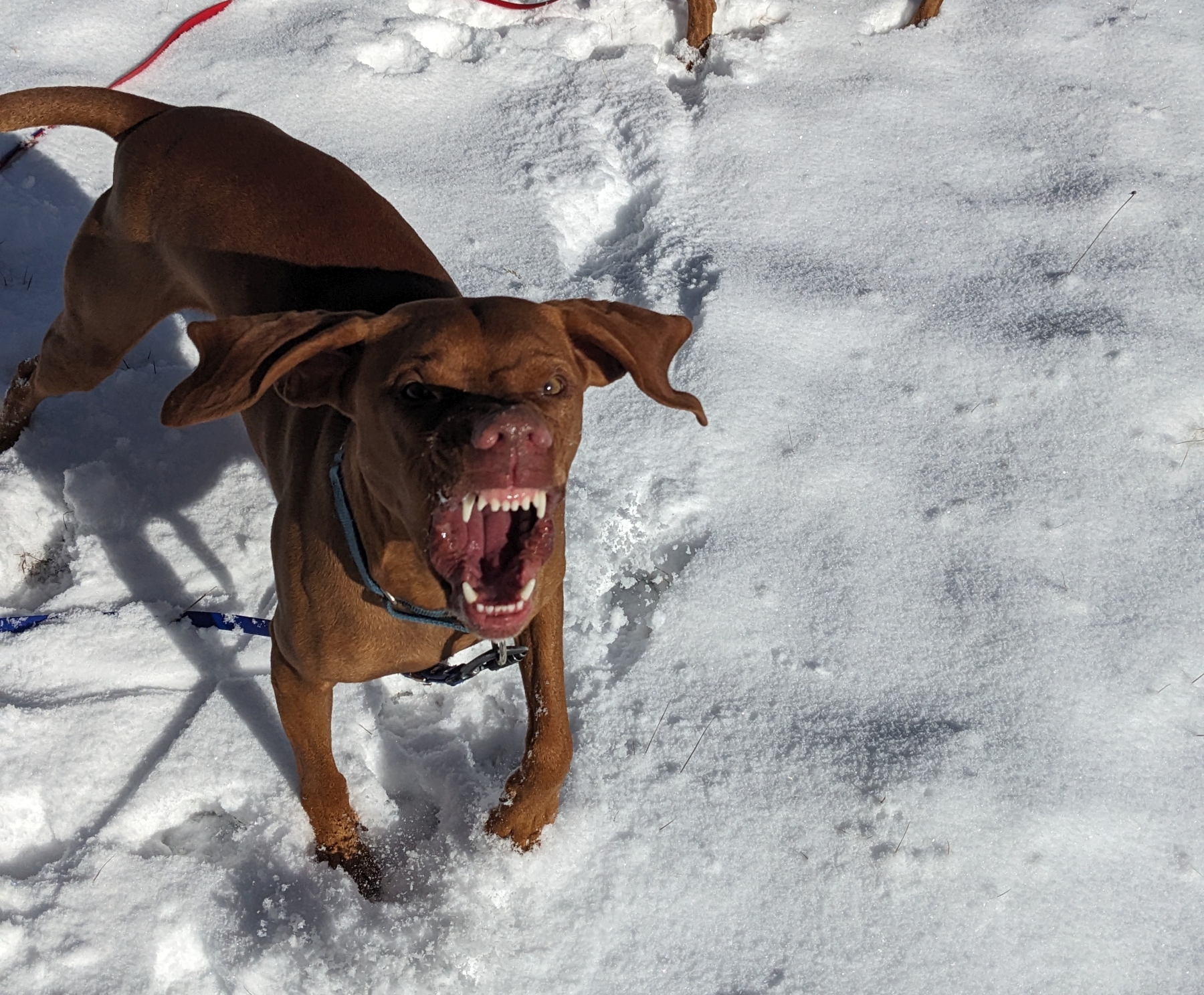
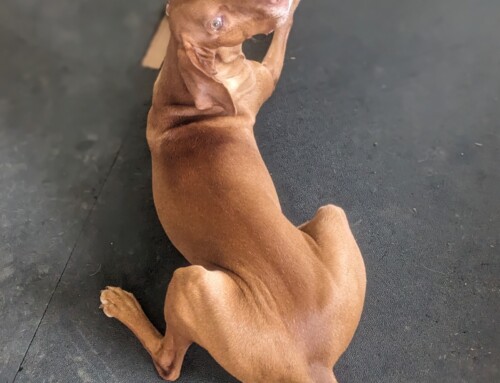
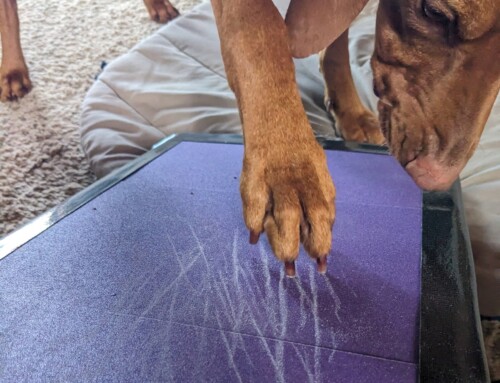

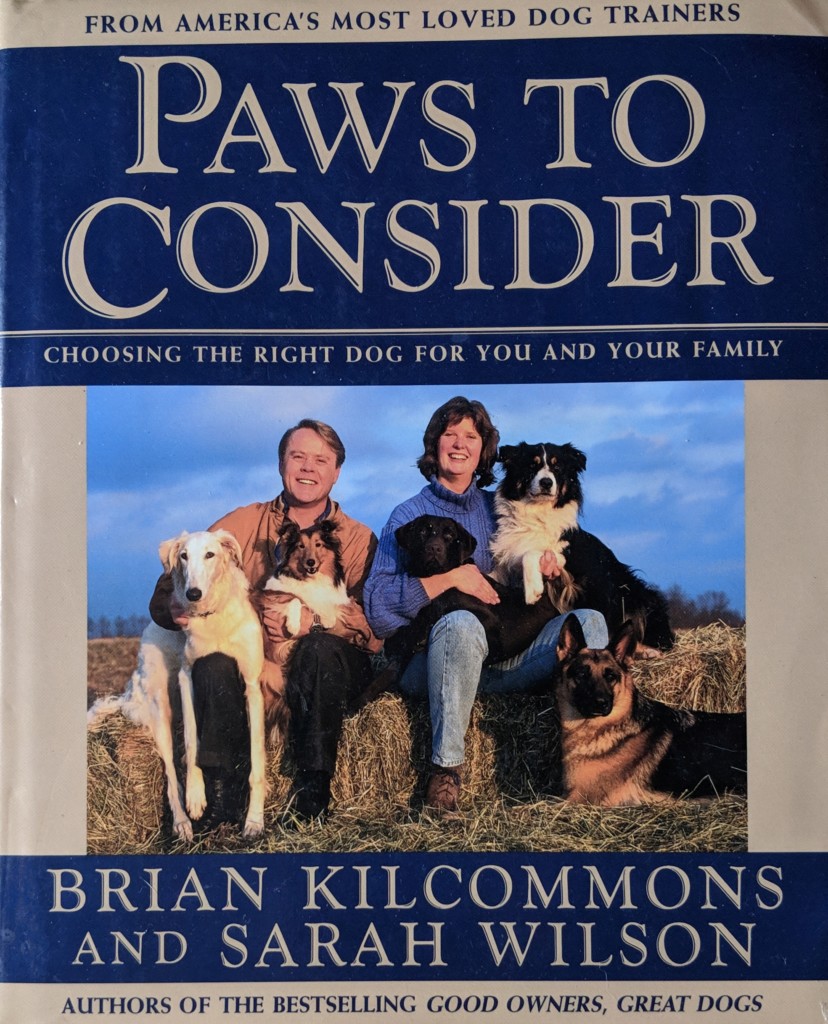
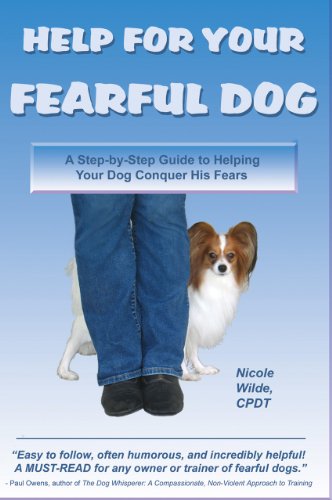
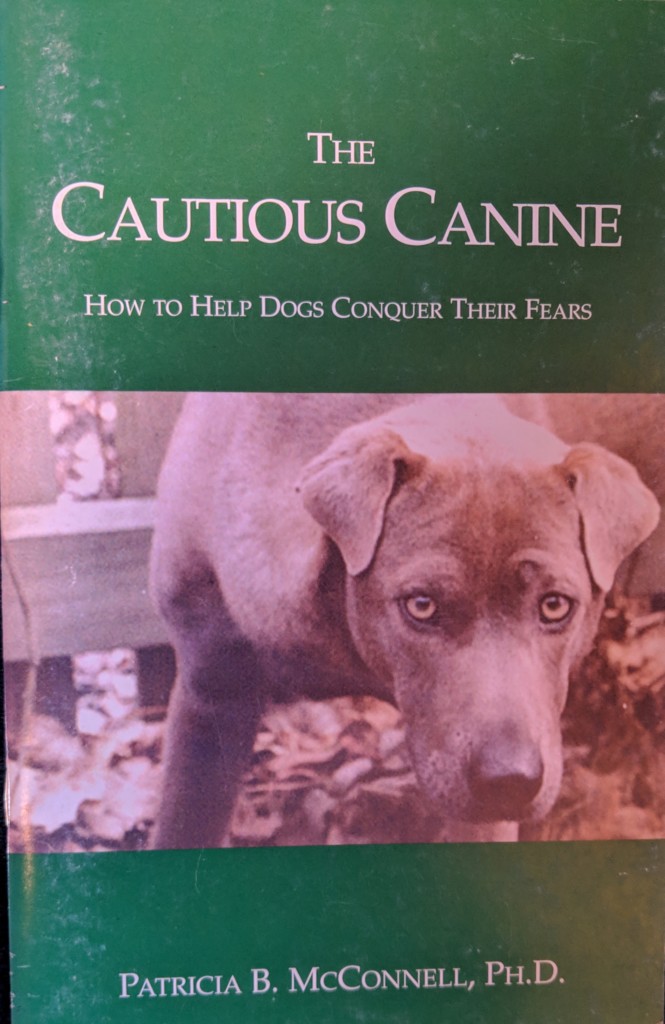
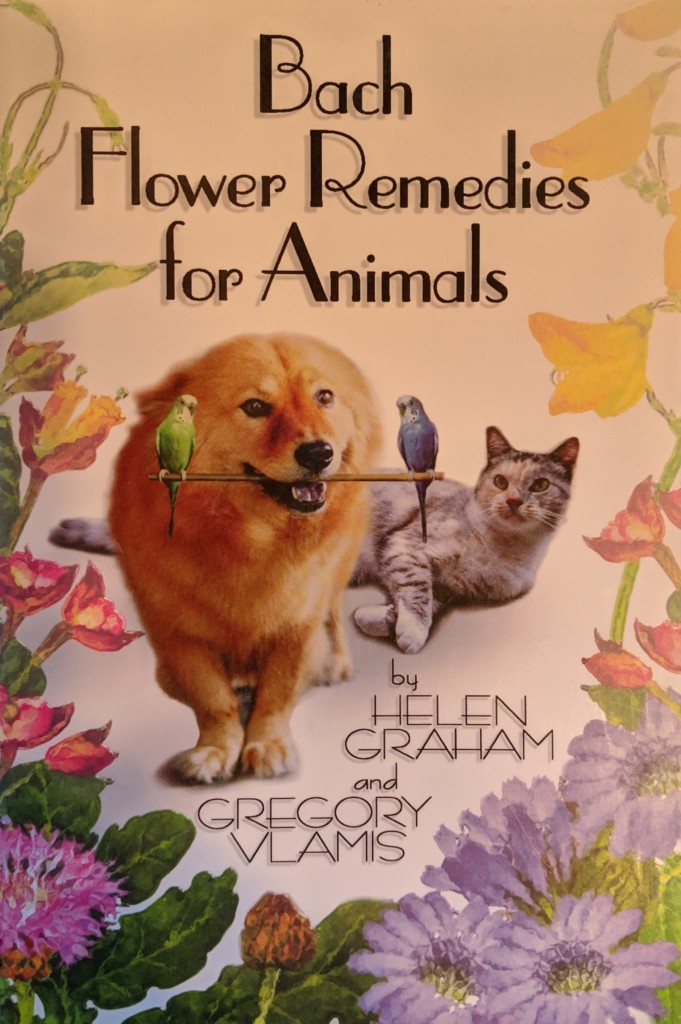
Leave A Comment